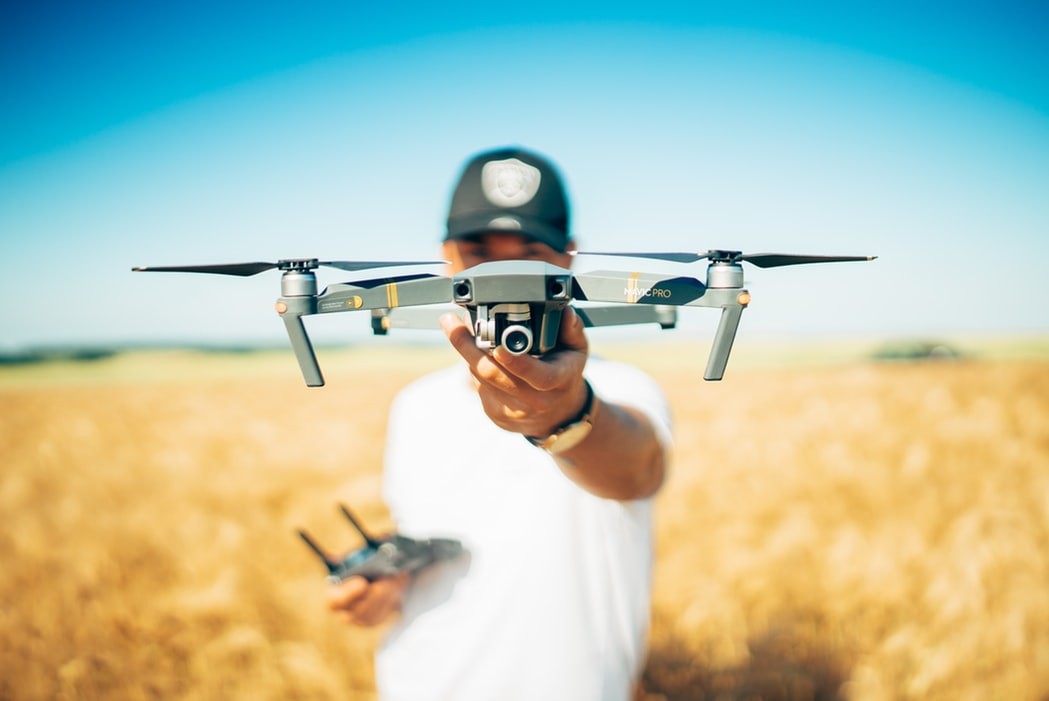2025 Year in Review
In 2025, science, innovation, and collaboration came together to deliver real impact for people and…
Today’s farmer lives in unprecedented times. From volatile commodity markets as a result of natural shocks from weather, pests and diseases, to the climate crisis that is increasing calls for radical transformation in food systems, there is uncertainty about the future of agriculture. Farmers today must transform their thinking to effectively respond to the challenges facing agriculture and continue feeding a growing world population – and one that is also in a crisis. With the current challenges, the next agricultural revolution is imminent.
 As these shifts occurs, agricultural extension and advisory services will have to equally shift and respond to farmers’ needs as they emerge. Extension services will have to contribute to rural development, meet nutrition goals, and promote sustainability and equity, and must focus more on soil quality, biodiversity, climate and water use. Currently, extension services may not always respond fast enough to farmers’ changing needs and this is where leveraging on digital technologies can help. Farmers need timely and relevant information, communication and technology (ICT) as they can play a role in ensuring farmers are connected with the information they need. Harnessing digital technologies thus gives extension services greater capabilities and can be used to perform multiple tasks including carrying out surveys, providing advice, issuing alerts, pricing and carrying out training’s for farmers. Leveraging science effectively requires the translation of scientific solutions into packages that can be disseminated and adopted by farmers at scale, both at the farm and landscape levels.
As these shifts occurs, agricultural extension and advisory services will have to equally shift and respond to farmers’ needs as they emerge. Extension services will have to contribute to rural development, meet nutrition goals, and promote sustainability and equity, and must focus more on soil quality, biodiversity, climate and water use. Currently, extension services may not always respond fast enough to farmers’ changing needs and this is where leveraging on digital technologies can help. Farmers need timely and relevant information, communication and technology (ICT) as they can play a role in ensuring farmers are connected with the information they need. Harnessing digital technologies thus gives extension services greater capabilities and can be used to perform multiple tasks including carrying out surveys, providing advice, issuing alerts, pricing and carrying out training’s for farmers. Leveraging science effectively requires the translation of scientific solutions into packages that can be disseminated and adopted by farmers at scale, both at the farm and landscape levels.
For farmers to effectively adapt to climate change, digital tools can play the crucial role of monitoring climate risks. Digital tools can be used to identify the onset of climatic shocks before they happen and facilitate responses for building resilience. Automating irrigation systems and soil sensors, and drones can boost production efficiency. To enhance food availability, accessibility as well as improve food utilization and safety, digital tools can be used to effectively monitor food hazards. E-commerce platforms can integrate smallholder farmers into value chains and enable them to eliminate the transaction costs of locating demand, determining prices, and improving efficiency in service delivery.
For rural smallholder farmers, especially in developing countries, even though there has been significant adoption of digital technologies for extension services, there are still challenges that must be overcome for greater success. Digital literacy, limited connectivity, and affordability of digital services can undermine rural farmers’ capacity to fully benefit from the digital revolution. According to the Digitization of African Agriculture Report, 2018-19, collaborations have been identified as instrumental in bridging the digital divide among rural farmers. The report recommends that digitization should not just be taken as an agricultural or technological issue but should be involved in many parts of the economy and thus be situated within a broader development and poverty reduction agenda.